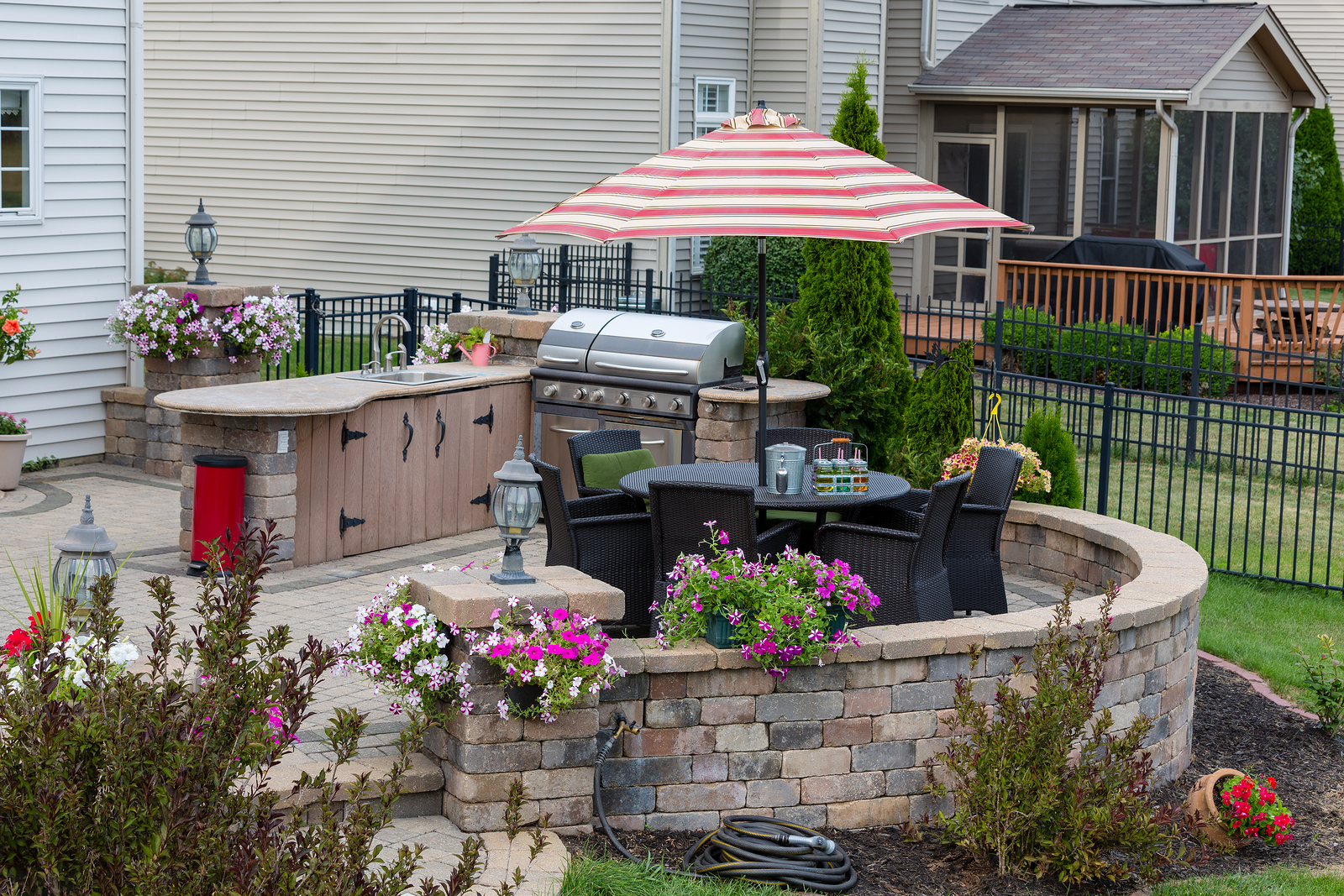In today’s real estate market, sustainable home features that add real value are more than just trendy upgrades—they’re smart investments. Eco-conscious buyers are looking beyond square footage and granite countertops. They want homes that help reduce energy bills, shrink their carbon footprint, and offer modern efficiency. From solar panels to smart thermostats, these green upgrades are gaining serious attention from buyers and agents alike.
In this post, we’ll explore which sustainable features buyers love most, how these upgrades increase property value, and why now’s the time to invest in them, whether you’re selling, buying, or just keeping up with current real estate trends.
Solar Panels: The Ultimate Energy-Saving Power Play
It’s no surprise that solar panels continue to lead the charge among sustainable home features that add real value. They drastically cut electricity bills and offer long-term energy independence—an attractive proposition as utility costs climb. Thanks to federal tax credits and local incentives, installation costs have also become more accessible.
Studies show that homes with solar panels sell faster and at a premium. For environmentally-conscious buyers, they signal long-term savings and environmental responsibility. For sellers, they offer a competitive edge in eco-aware markets. It’s a win-win, and a powerful first impression on any listing.
Rainwater Collection Systems: A Simple Solution with a Big Impact
While often overlooked, rainwater harvesting systems are gaining traction. These sustainable systems collect rain from rooftops and store it for irrigation, landscaping, or even household use (with proper filtration). Especially in drought-prone areas, this feature adds immediate functional and environmental appeal.
Buyers love the idea of lower water bills and responsible resource use. For homeowners, it’s a low-maintenance addition that showcases forward-thinking design. A rainwater system can also support native plant landscaping, another green trend gaining popularity among modern buyers.
Smart Thermostats: Modern Comfort Meets Sustainability
Tech-savvy buyers appreciate a home that works smarter, not harder. Smart thermostats like Nest or Ecobee do more than regulate temperature; they learn user preferences, reduce energy waste, and can be controlled remotely. That level of convenience and efficiency resonates strongly with younger buyers and environmentally-conscious households.
Smart thermostats are one of the most cost-effective sustainable home features that add real value. They improve energy efficiency, reduce monthly bills, and can even earn homeowners rebates from utility companies. Plus, their sleek design fits seamlessly into any modern home aesthetic.
Energy-Efficient Windows and Insulation: Comfort That Pays Off
No matter how many green gadgets a home has, poor insulation or leaky windows will drive up energy use. That’s why energy-efficient windows, doors, and insulation upgrades are among the most effective sustainable investments.
These features help maintain indoor comfort year-round, reduce heating and cooling costs, and minimize outside noise. Buyers may not see them immediately like solar panels, but they’ll feel the benefits quickly, and they’ll show up in energy audits, too.
Upgrading these foundational elements proves that a home isn’t just stylis it’s smart and future-ready.
Why Buyers Prioritize Sustainable Features
The market is shifting, and today’s buyers are more educated about sustainability. They’re not just looking for flashy features—they’re looking for value, long-term savings, and environmental stewardship. Incorporating sustainable home features that add real value gives sellers a compelling story to tell and helps homes stand out in competitive markets.
Buyers increasingly view sustainability as part of quality construction, not a luxury add-on. Whether it’s a solar-ready roof, low-flow plumbing, or eco-friendly materials, homes that embrace these upgrades send a clear message: this property is built for the future.
Conclusion
Sustainability isn’t a passing trend—it’s shaping the future of real estate. Features like solar panels, rainwater systems, and smart thermostats aren’t just good for the planet; they make homes more desirable, functional, and profitable. If you’re looking to increase your home’s appeal or simply want to stay ahead of what buyers value most, now is the time to go green.
Embrace these sustainable home features that add real value, and you’ll not only boost your home’s marketability—you’ll also contribute to a smarter, more efficient future for housing.


























